PICTORIAL PHOTOGRAPHY ITS PEINCIPLES AND PRACTICE FOREWORD TO SECOND EDITION, REVISED In earlier editions of this book no discussion was given of ozotype and ozobrome, partly owing to the difficulty of obtaining the necessary materials, and partly because of the lack of published formula which would enable the worker to prepare his own solutions. Recently, however, the ozo brome process which had been withdrawn from the market because of commercial unpopularity has been revived under the name of carbro, and is now discussed in chapter XII since the author feels that it offers many opportunities and advantages in respect of pictorial results and manipulative convenience. The most recent theory regards the phenomena of light as resulting from pulsations in an electro-magnetic field, but the older theory, as stated in chapter II, renders the explan ation of lens and plate action much simpler and more readily grasped by the layman, and is therefore adhered to in this work. EAST ORANGE, N. J., 1922. FOREWORD IN preparing the discussion of the technique of pic torial photography which is given in the following pages the authors purpose has been to produce a book adapted to the needs of those workers who, without wishing to undertake a study of the abstruse scientific phases of the art, nevertheless have passed beyond the element ary stages and feel a desire for pictorial expression. Every effort has been made to adapt the book to the needs of such photographers, and for that reason the author has endeavored to make clear, not only the ac tual technical methods, but also the fundamental principles underlying those methods, since a thorough grasp of the principles is of importance in enablingthe worker to locate and to correct his mistakes and also to study and to grow in power of expression, which is almost impossible when his knowledge is simply a matter of remembering certain arbitrary facts. Inasmuch as pictorial photography only is being dealt with, some subjects which would otherwise find a place in a text-book have not been discussed, the most conspicuous omission of this sort being in the case of gas-light papers, which, though valuable to the com mercial worker, have not great usefulness to the pic torialist, because of their lack of absolute permanence and of the highest esthetic quality. However, the author has in his own work given especial attention to the various printing processes which are of value to the pictorial worker, and feels that the discussion of 7 FOREWORD these mediums is satisfactorily complete. Attention is called in particular to the discussion of the color sensi tiveness of plates, since the authors experience, both as photographer and as teacher, leads him to, believe that a fuller understanding of the principles of ortho chromatics inevitably results in an improvement from the pictorial standpoint. It has seemed well to include examples of the work of noted photographers, for the sight of such work is a more powerful stimulus and incentive than any amount of verbal discussion. The authors thanks are due to the Eastman Kodak Company and to the International Photo Sales Cor poration for permission to reproduce illustrations from their catalogues to Dr. C. E. K. Mees, of the Eastman Kodak Company, for permission to quote, in Chapter III, from his book, Orthochromatic Filters to Mr. W. R. Latimer, for the comparative photographs of a coloredtest chart, in the same chapter, and for the val uable experimental work on carbon tissues, embodied in the table in Chapter XI to Mr. Charles Kendall, for suggestions concerning the transferring of oil and brom oil prints and to the photographers who have so kindly furnished prints for illustration The author hopes that these pages, the result of several years of study and experiment, may prove of value to his readers, and may help them to a fuller expression of their artistic desires. EMt Orange, N. J...

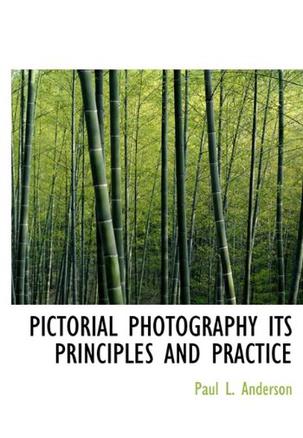
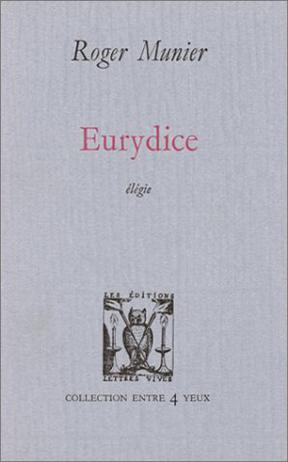
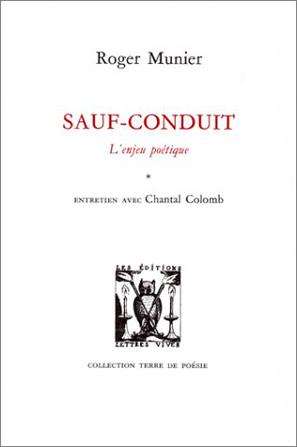
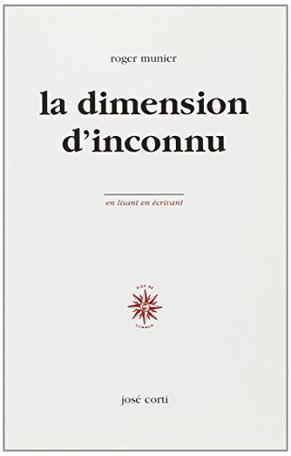
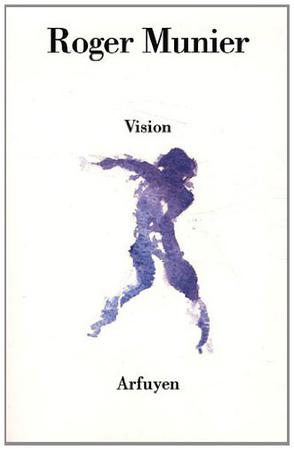
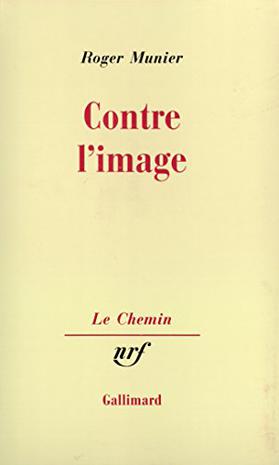
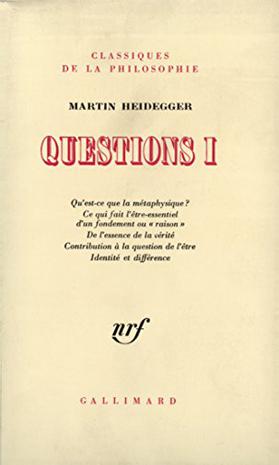
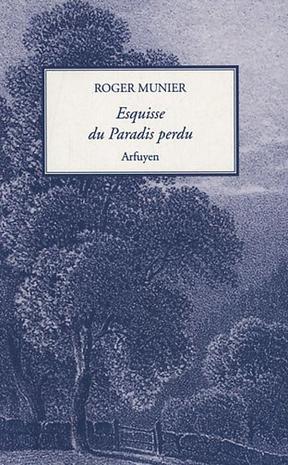
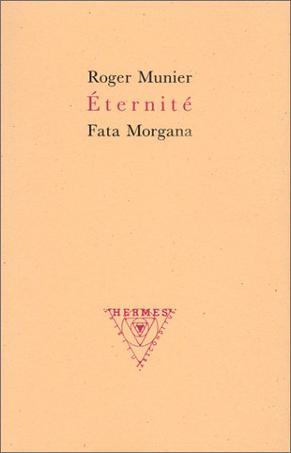
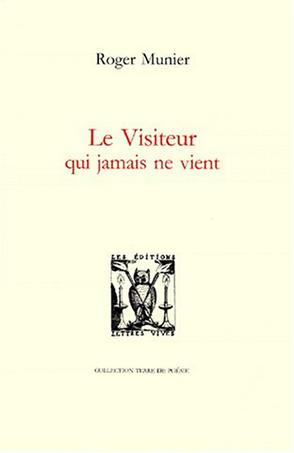
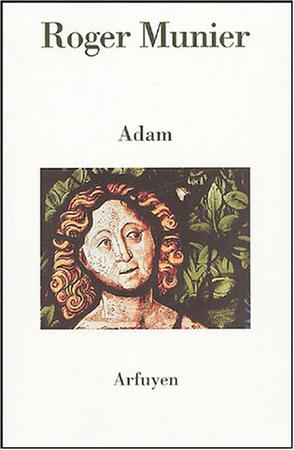
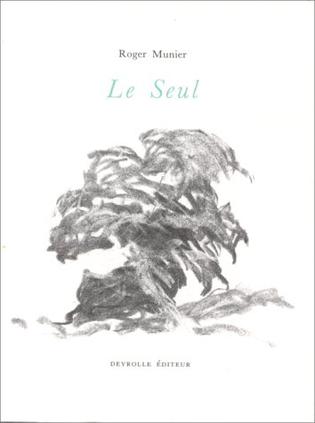
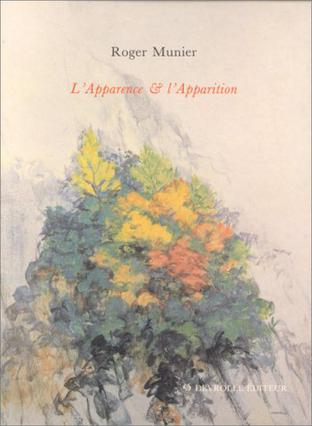

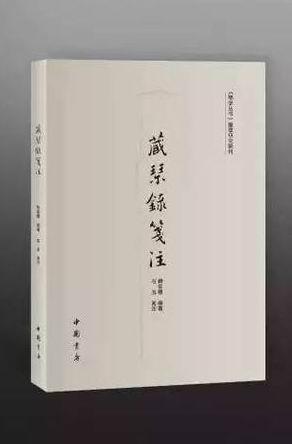


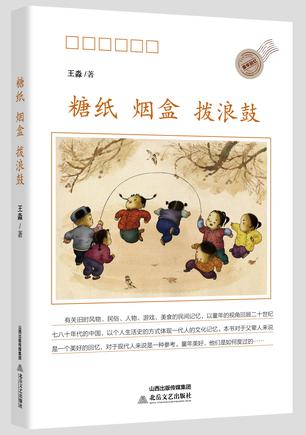
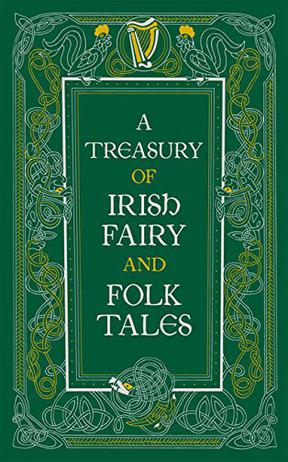
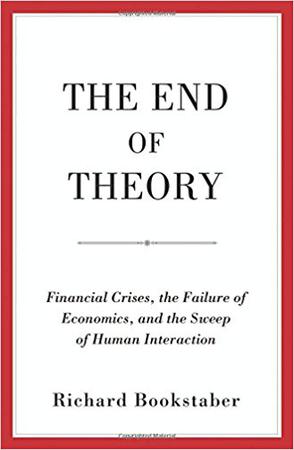


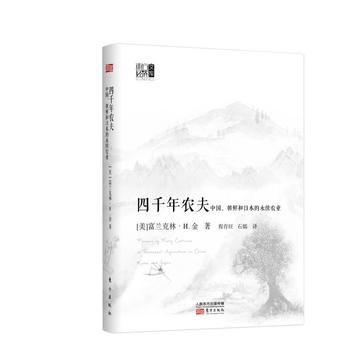
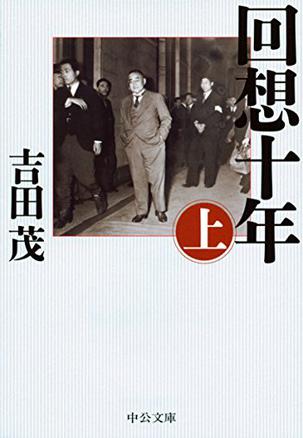

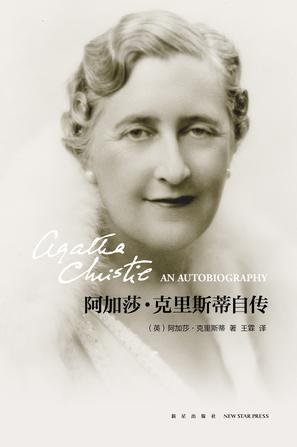

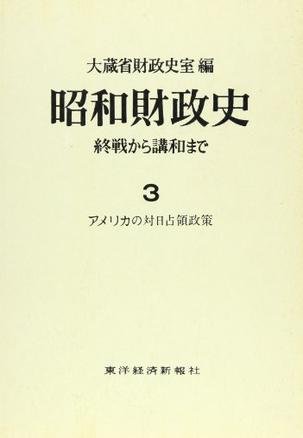


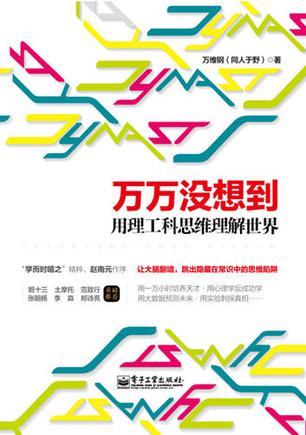

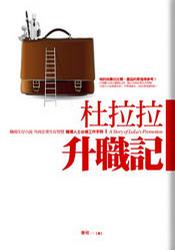
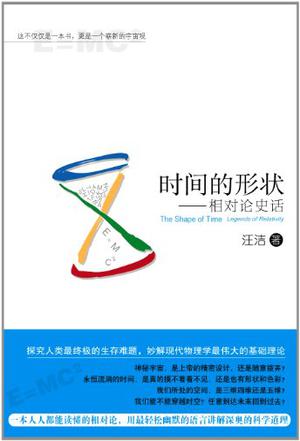


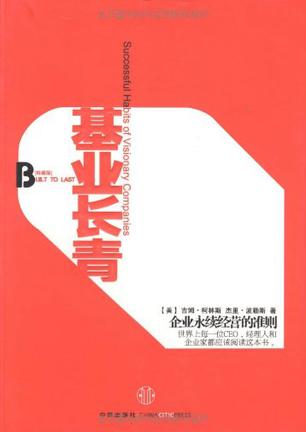

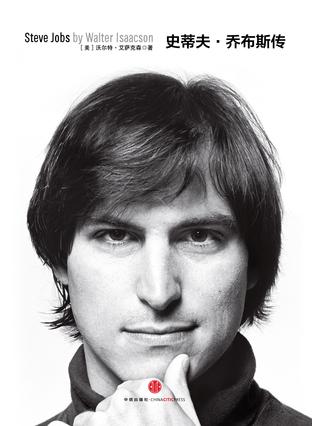

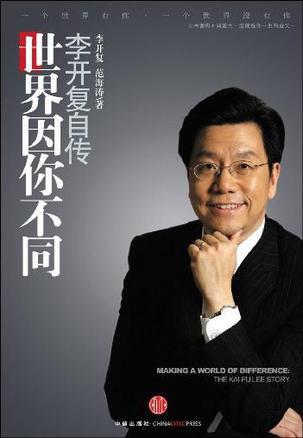
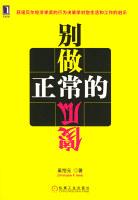
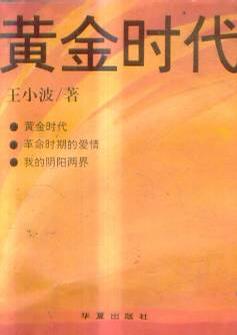
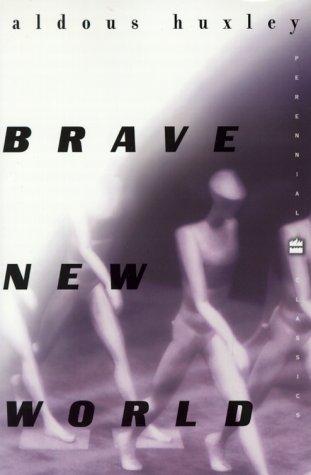
评价“Pictorial Photography Its Principles and Practice”